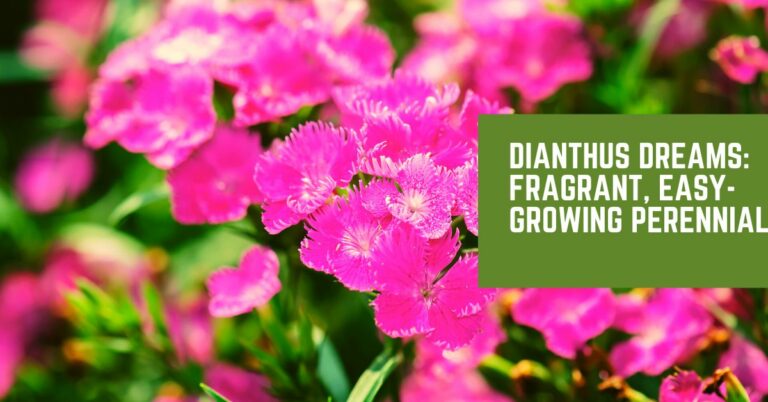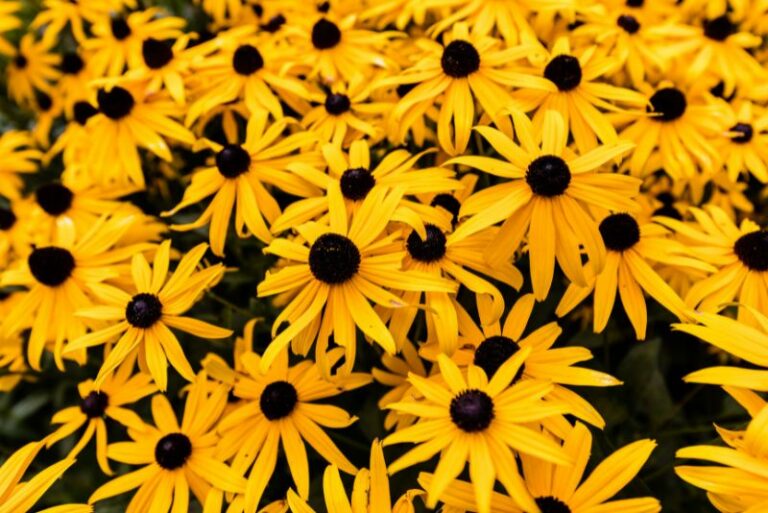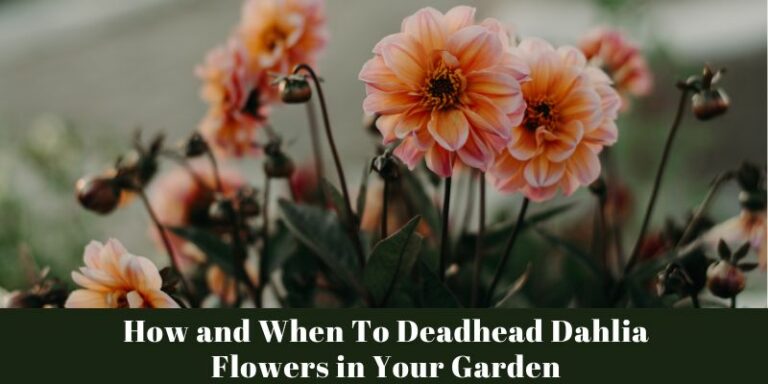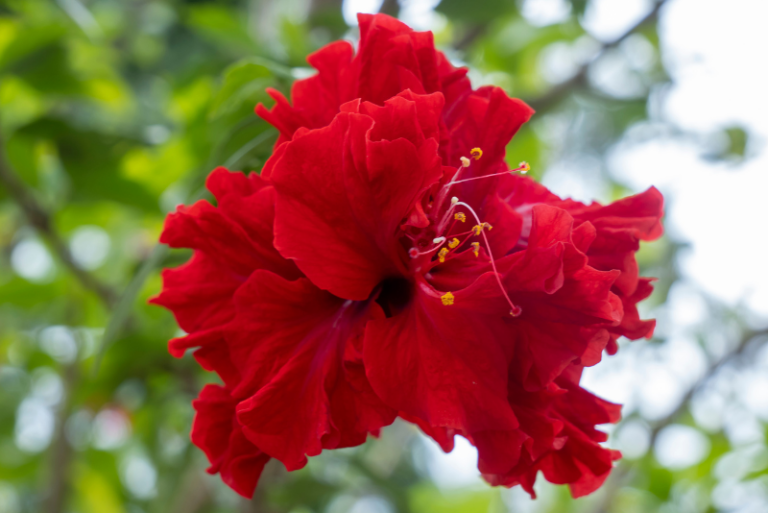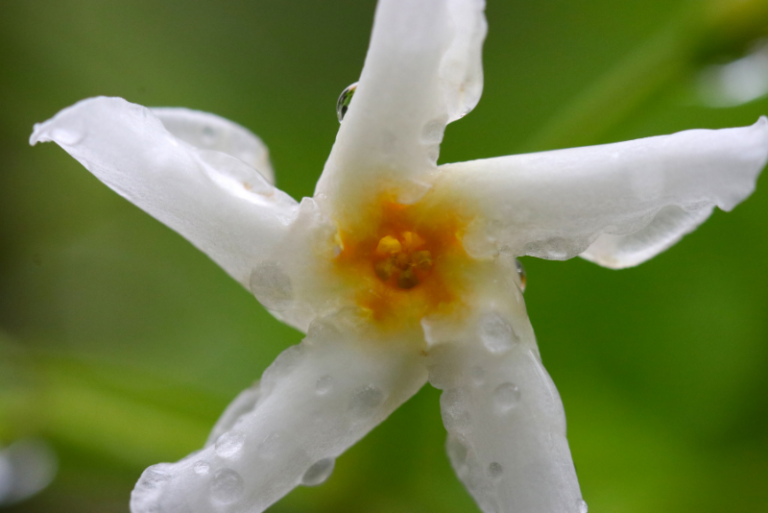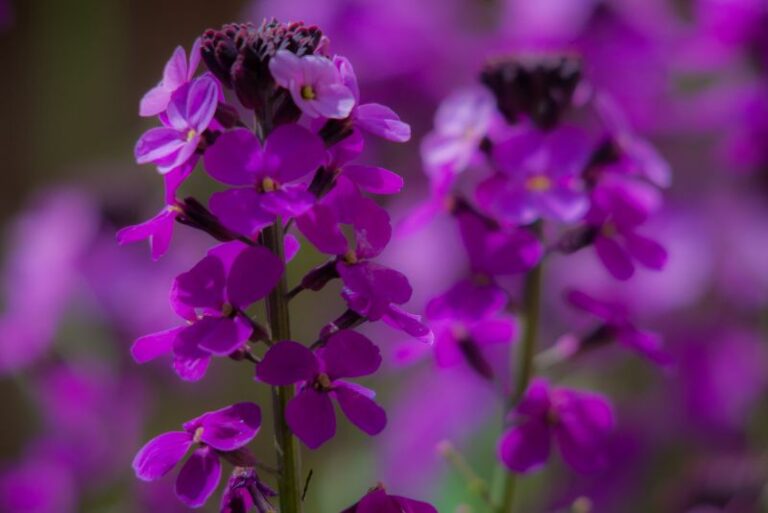Tips For Growing Coneflowers In Containers
Coneflowers, also known as Echinacea, are a beautiful and popular flower that is native to North America. They are low maintenance plants that add vibrant colors to any garden or patio. Growing coneflowers in containers has become increasingly popular due to their ability to thrive in small spaces like balconies and patios.
In this article, we will provide you with some useful tips on how to successfully grow coneflowers in containers.
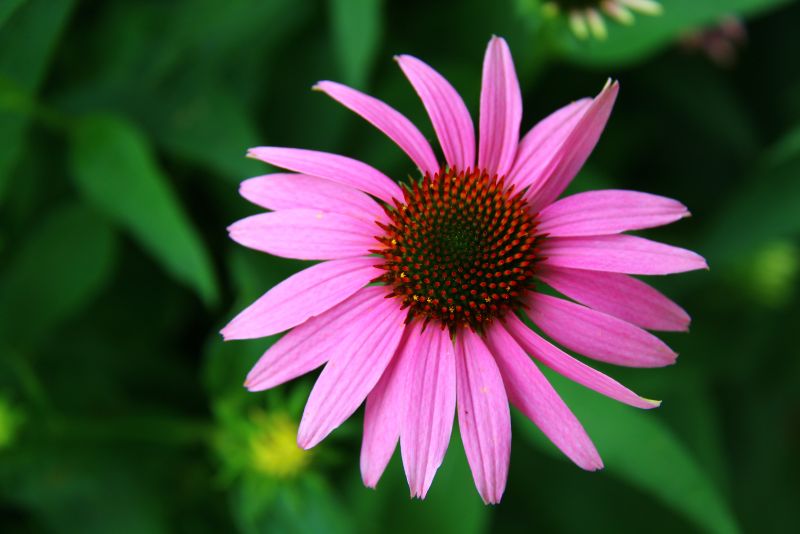
Choosing the Right Container
The first step to growing healthy coneflowers is choosing the right container. Coneflowers have long taproots, so it is important to choose a container that is at least 12 inches deep and has good drainage holes. This will ensure that the roots have enough space to grow and that the soil does not become waterlogged.
Additionally, choose a container that is at least 12 inches in diameter to allow for proper air circulation around the plant. This will prevent overcrowding and potential disease or pest issues.
Using the Right Soil
Coneflowers prefer well-draining soil that is slightly acidic with a pH level between 6.0-7.0. They also require soil that is rich in organic matter and has good moisture retention. A good potting mix for coneflowers should include components such as peat moss, compost, and perlite.
Avoid using garden soil or heavy clay soil, as these will not provide the proper drainage and aeration that coneflowers need to thrive in containers.
Choosing the Right Location
Coneflowers are sun-loving plants and require at least 6 hours of direct sunlight per day. When choosing a location for your container, make sure it receives ample sunlight throughout the day.
It is also important to consider the temperature of the location. Coneflowers can survive in both hot and cold temperatures, but they prefer temperatures between 70-75°F during the day and cooler temperatures at night. Avoid placing your container in areas with extreme heat or cold, as it can cause stress to the plant.
Watering and Fertilizing
Proper watering and fertilizing is essential for healthy coneflowers in containers. During hot summer months, make sure to water your plants regularly, as container plants tend to dry out quicker than those planted in the ground.
When it comes to fertilizing, coneflowers do not require a lot of nutrients. A slow-release fertilizer can be applied once in early spring and again in mid-summer. Be sure to follow the instructions on the package for proper application.
Deadheading and Pruning
To keep your coneflowers looking their best, it is important to deadhead and prune them regularly. Deadheading, or removing spent flowers, will encourage the plant to continue blooming and prevent the formation of seed heads that can drain energy from the plant.
Pruning should be done in early spring before new growth appears. Cut back any dead or damaged stems as well as any stems that are overcrowding the plant. This will promote new growth and keep your coneflowers looking neat and tidy.
Dealing with Pests and Diseases
While coneflowers are generally resilient plants, they can still be susceptible to pests and diseases. The most common pest for coneflowers is aphids, which can be controlled by using a strong stream of water or insecticidal soap.
Coneflowers can also be affected by fungal diseases such as powdery mildew. To prevent these diseases, make sure to provide proper air circulation around the plant and avoid overhead watering.
Care Tips
To ensure your coneflowers thrive in containers, here are some additional care tips to keep in mind:
- Keep an eye out for any signs of stress or disease and address them promptly.
- Mulch around the base of the plant to help retain moisture and suppress weed growth.
- Divide your coneflowers every 3-4 years to prevent overcrowding and promote healthy growth.
- Consider using companion plants such as lavender or salvia to add variety and attract beneficial insects to your garden.
Conclusion
Growing coneflowers in containers is a great way to add color and beauty to small spaces. By following these tips, you can successfully grow healthy and vibrant coneflowers that will thrive in your container garden. So go ahead and give it a try, and enjoy the beauty of these stunning flowers right at your doorstep! So don’t hesitate to give it a try and bring the beauty of these stunning flowers right to your doorstep! Remember, with proper care and attention, coneflowers can thrive in containers just as well as they do in garden beds. So go ahead and start planning your container garden today! Happy gardening!

